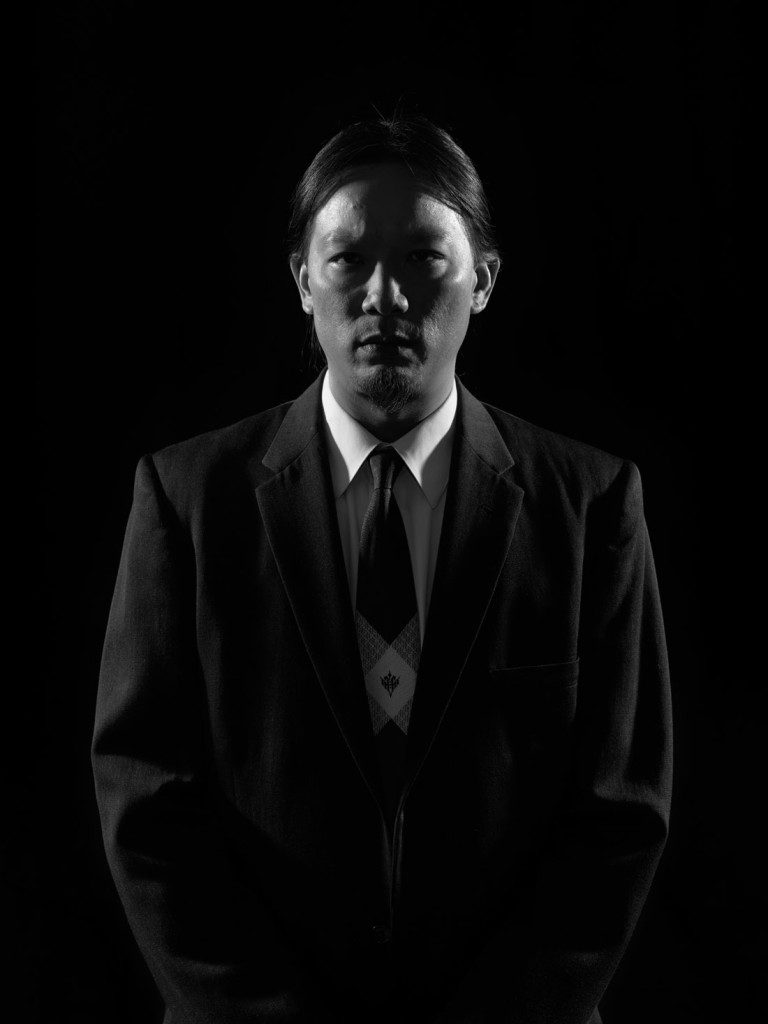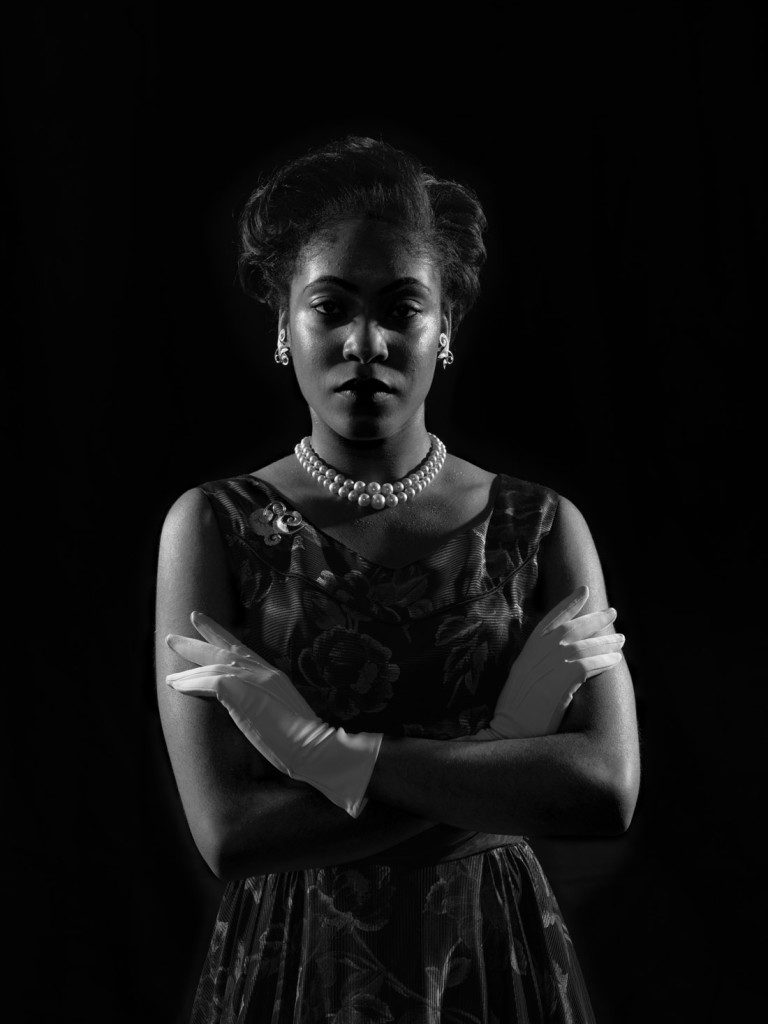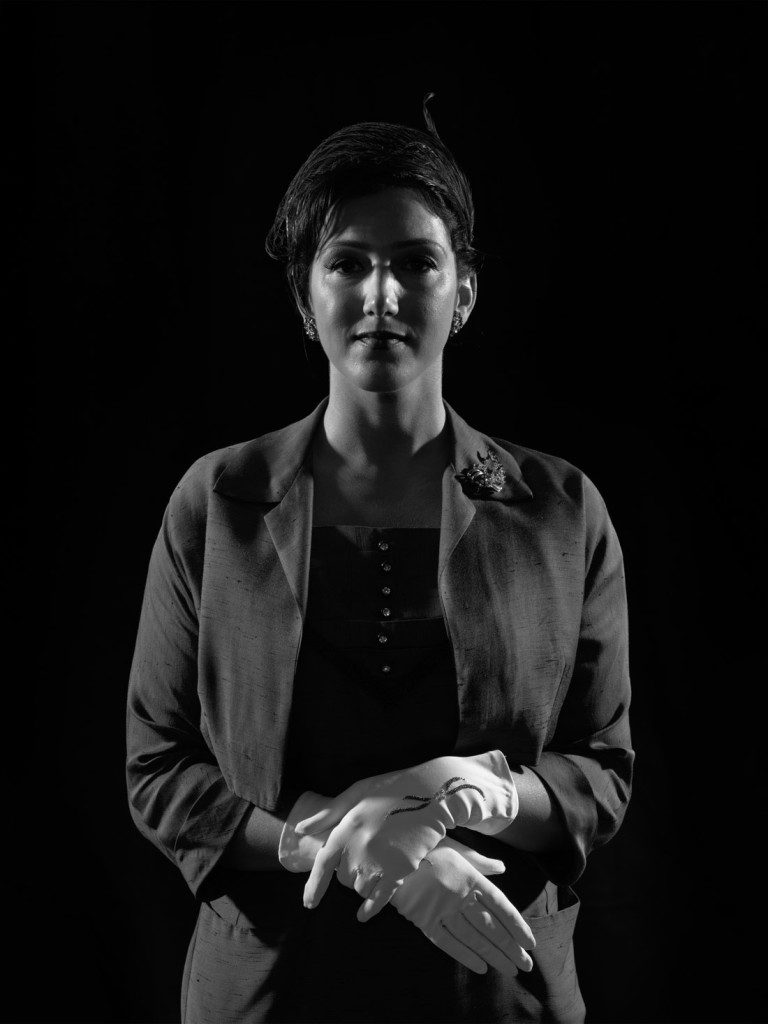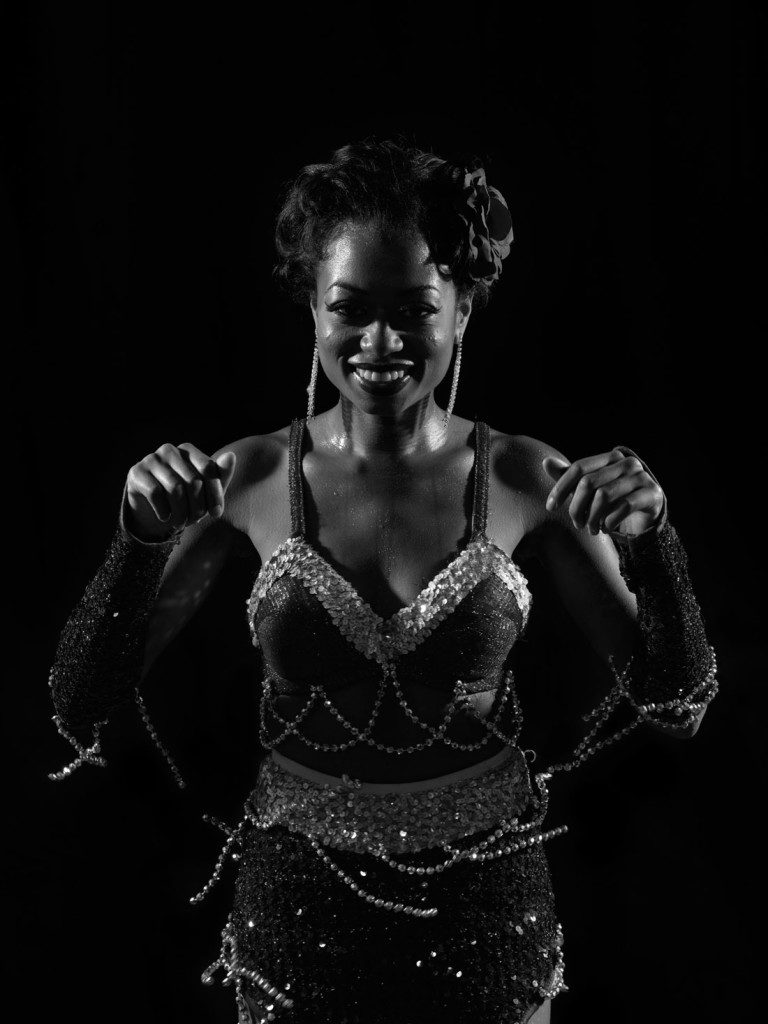PHOTO:Stan Douglas
 Through photography, film and installation, Stan Douglas has, since the late ‘80s, examined complex intersections of narrative, fact and fiction while scrutinizing the constructs of the media he employs and their influence on our understanding of reality. In his films, photographs and installations which use new and outdated technologies, the tropes of cinema and TV, the conventions of various Hollywood genres and classic literary texts, examines the intersection of history and memory.
Through photography, film and installation, Stan Douglas has, since the late ‘80s, examined complex intersections of narrative, fact and fiction while scrutinizing the constructs of the media he employs and their influence on our understanding of reality. In his films, photographs and installations which use new and outdated technologies, the tropes of cinema and TV, the conventions of various Hollywood genres and classic literary texts, examines the intersection of history and memory.
By Dimitris Lempesis
Photo: David Zwirner Gallery Archive
The exhibition “Photographs” at David Zwirner in New York presents a survey of Stan Douglas’s photographic works spanning his career. Held in conjunction with the United States premiere of the artist’s new film installation “The Secret Agent”, the exhibition presents significant series of works from the late ’80s to the present, including “Television Spots” (1987), “Malabar People” (2011), portraits of staff and patrons of a semi-fictional ‘50s Vancouver nightclub, among others. The exhibition also marks the New York debut of Douglas’s most recent large-scale photographs “Hogan’s Alley” and “The Second Hotel Vancouver”, which further the artist’s ongoing investigations of photography’s complex and layered relationship to documentation, place, and history. In this series of dark, nearly indiscernible images, Douglas reimagines the postwar urban spaces of his native city of Vancouver, as it existed in 1948, when thousands of people exploited loopholes in British Columbia’s property laws to create provisional forms of accommodation in public spaces. Drawing on archival photographs and film footage, Douglas has digitally rendered several of these temporary urban structures and communities in minute detail. As the artist has observed about these works, “It’s taking a photograph you can’t really take. The places aren’t there anymore and there’s no light”. Inspired by film noir, he deploys subtle tonal shifts of black, gray, and white, cloaking the city’s interstitial spaces in shadow, while the eerily quiet scenes and dim pockets of light transform otherwise liminal structures and spaces into sophisticated theatrical mise-en-scènes. This historical reimagining challenges the conventions of the medium of photography itself, as the resulting hyperreal images are impossible photographs of a time and place unobserved by the camera, yet simultaneously fully dependent on the particularities of that time and place.
Info: David Zwirner Gallery, 537 West 20th Street, New York, duration 31/3-23/4/16, Days & Hours: Tue-Sat 10:00-18:00, www.davidzwirner.com






